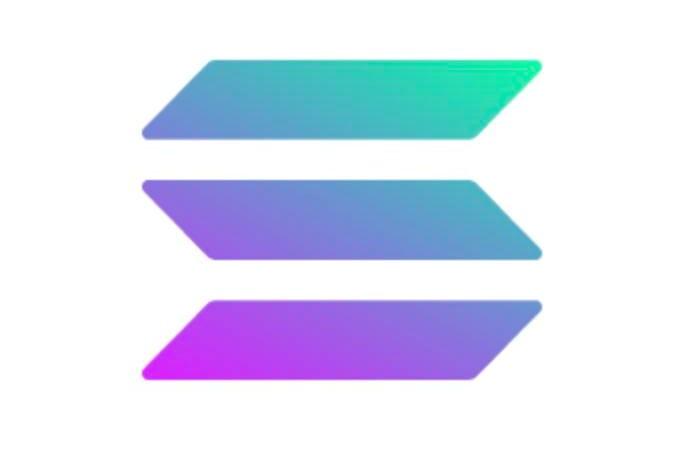Solana 101 (SOL)
Solana history
Anatoly Yakovenko, a software engineer with a background in telecom, teamed up with Raj Gokal, now Solana’s COO, in 2017 to create a new blockchain model that could process transactions at higher speeds. The result was Solana, a blockchain platform that boasts scalability and has gained popularity, placing it among the top 10 cryptocurrencies. However, like other cryptocurrencies, Solana has tradeoffs that must be considered.
To better understand Solana’s success and shortcomings, let’s explore the intricacies of this unique blockchain platform. Solana is an open-source, public blockchain that supports NFTs and decentralized applications. Although it is not a cryptocurrency, Solana has its own native token, SOL, which functions as a utility token, transmitting value and securing the network through staking.

Solana technology
Solana is built on smart contract functionality, much like Ethereum. Smart contracts are digital agreements that self-execute once certain predetermined conditions are met, without requiring a third party. However, this is not the only distinguishing feature of Solana’s ecosystem. Let’s examine some of the characteristics that set Solana apart as a unique blockchain platform.
The PoW consensus method is slow, but it does prevent multiple validators from creating new blocks simultaneously. PoS systems, on the other hand, don’t have this limitation, but they still struggle to establish the sequence of blocks as they arrive without a reliable time source.
In contrast, Solana’s PoH protocol generates timestamps that indicate when a block was created and confirm the interval between two transactions. This eliminates the need for external algorithms to establish a “median” timestamp and ensures that transactions are processed as they arrive.
Unlike PoS, PoH is not a consensus mechanism. Instead, it’s a modification that uses cryptography to organize crypto transactions recorded on Solana’s blockchain. This results in faster transaction processing, higher scalability, reduced fees, and a more stable platform for dApps, including stablecoins, gaming, cloud storage, and decentralized exchanges.
Solana potential
Solana is a high-performance blockchain that aims to address some of the scalability and performance issues that have plagued other blockchain networks. It uses a unique protocol known as Proof of History (PoH) that enables low transaction fees, higher throughput, and faster confirmation times. These features make Solana an attractive platform for developers who require fast and efficient transactions.
Solana’s ecosystem is also growing rapidly, with many developers building decentralized applications (dApps) and protocols on the network. This growth is facilitated by the Solana Foundation, which provides funding and technical support for developers building on the platform.
Additionally, Solana has a robust and active community that supports the network and advocates for its growth. The community is made up of developers, investors, validators, and enthusiasts who believe in the potential of Solana.
Another potential advantage of Solana is its ability to handle complex smart contracts, which are self-executing contracts with the terms of the agreement between buyer and seller being directly written into lines of code. This makes it possible to automate a wide range of processes and transactions without the need for intermediaries.
Potential Concerns
Solana uses a unique protocol in PoH and offers various solutions to many existing blockchain-related issues. However, there are potential concerns surrounding Solana.
Limited decentralization
The fundamental principle of blockchains and cryptocurrencies is decentralization. Eliminating entities that have substantial influence over blockchains is the overarching objective of the crypto ecosystem, which is why cryptos don’t experience misuse of power or third-party interventions.
Decentralization is one of the critical areas that separates Solana from a major competitor like Ethereum. ETH is a decentralized network that currently relies on a PoW consensus mechanism but is looking to move to a PoS protocol in its next iteration.
Solana, on the other hand, is more centralized. That’s because a third of Solana’s top validators control more than 35% of its overall stake. This sizable portion allows these individuals and entities to influence Solana’s value based on their market share. They also control how SOL evolves and what upgrades are made in the future. Additionally, the team and investors own a higher percentage of all tokens compared to other top protocols, making many enthusiasts question if SOL is a truly decentralized cryptocurrency.
Another reason people tout Solana as centralized is the large amount of computing power needed to run a node. This means it is less feasible for the average user. Additionally, the process for owning a node can be a risky task depending on the type of node you wish to run.
https://bitforum.net – Crypto forum discussions about all aspects of cryptocurrency #Bitforum #SocialFi #InnovationSocialNetwork










